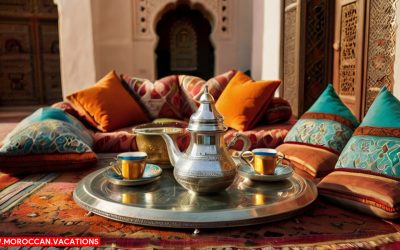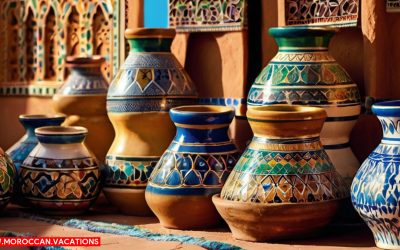Understanding Dades Valley’s Cultural Heritage
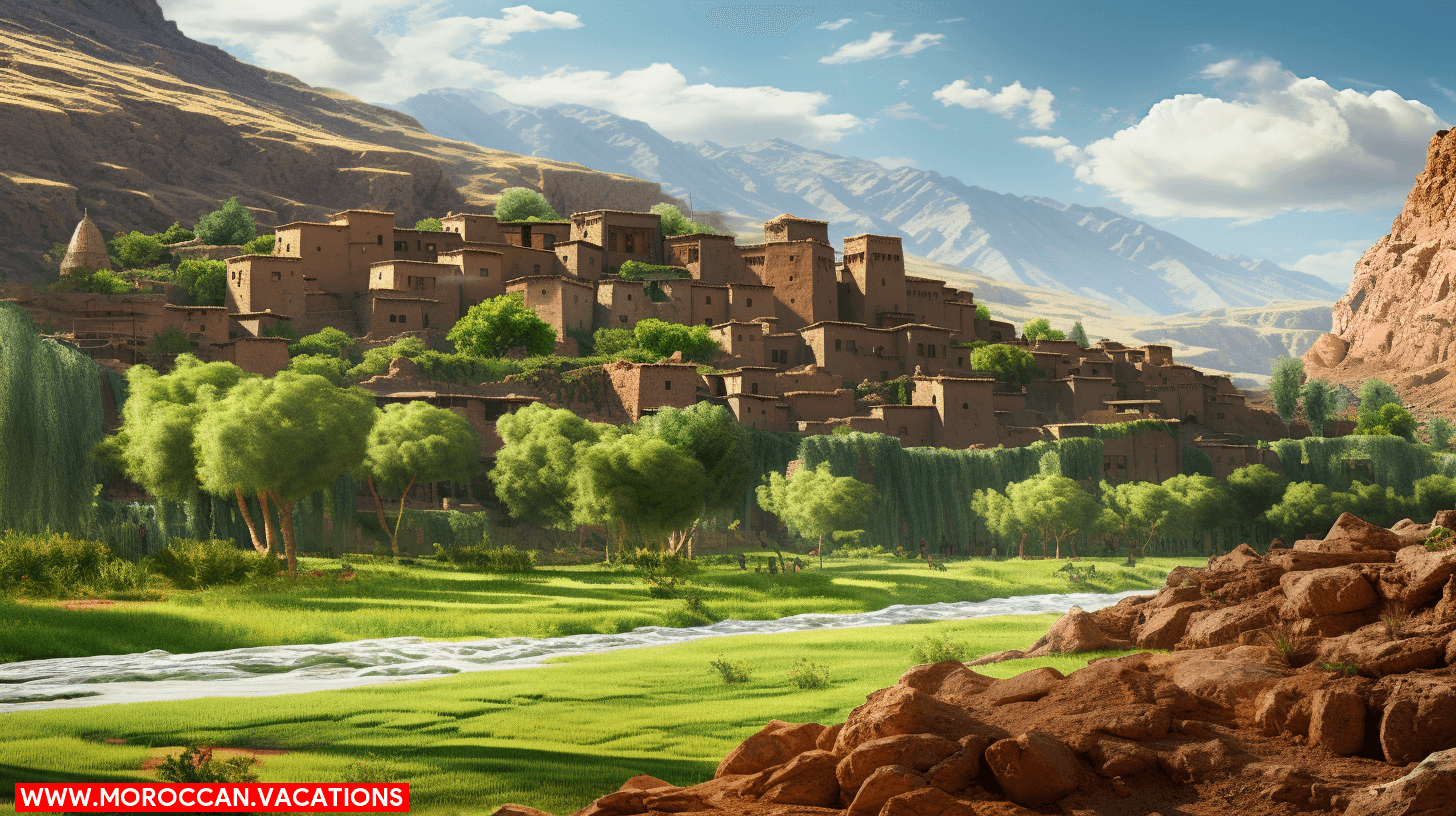

You’re on the cusp of an adventure deep into the heart of Dades Valley’s cultural heritage. As we lose one language every two weeks, it’s more crucial than ever to safeguard these traditions. You’ll explore the significance of preservation, understand current measures, and witness the impact on local communities. This isn’t just history; it’s a testament to cultural resilience. So, step in and discover how we’re keeping the past alive for the future.
Exploring the cultural heritage of Dades Valley, you’ll discover a rich tapestry of age-old traditions that are integral to the local Berber communities’ way of life. The valley’s cultural heritage is a vivid testament to its past, providing a living link to ancestral knowledge and customs. The Berber’s traditional practices, from agriculture to craft skills, are key to preserving traditions within this community.
Through cultural conservation, these communities are able to sustain their freedom, maintaining their unique way of life despite the pressures of modernization. Dades Valley cultural heritage isn’t only about preserving the past, it’s about ensuring the continuity of a cultural identity that is connected to this unique landscape.
However, cultural preservation is a complex task. It requires detailed planning, resources, and most importantly, community involvement. The people of Dades Valley are the custodians of their cultural heritage, and their active participation is crucial to its preservation. As you delve deeper into the heart of Dades Valley, you’ll understand the importance of preserving traditions and the positive impact it has on the community. The cultural heritage of Dades Valley is more than a story of the past, it’s a guide for the future.
Significance of Tradition Preservation
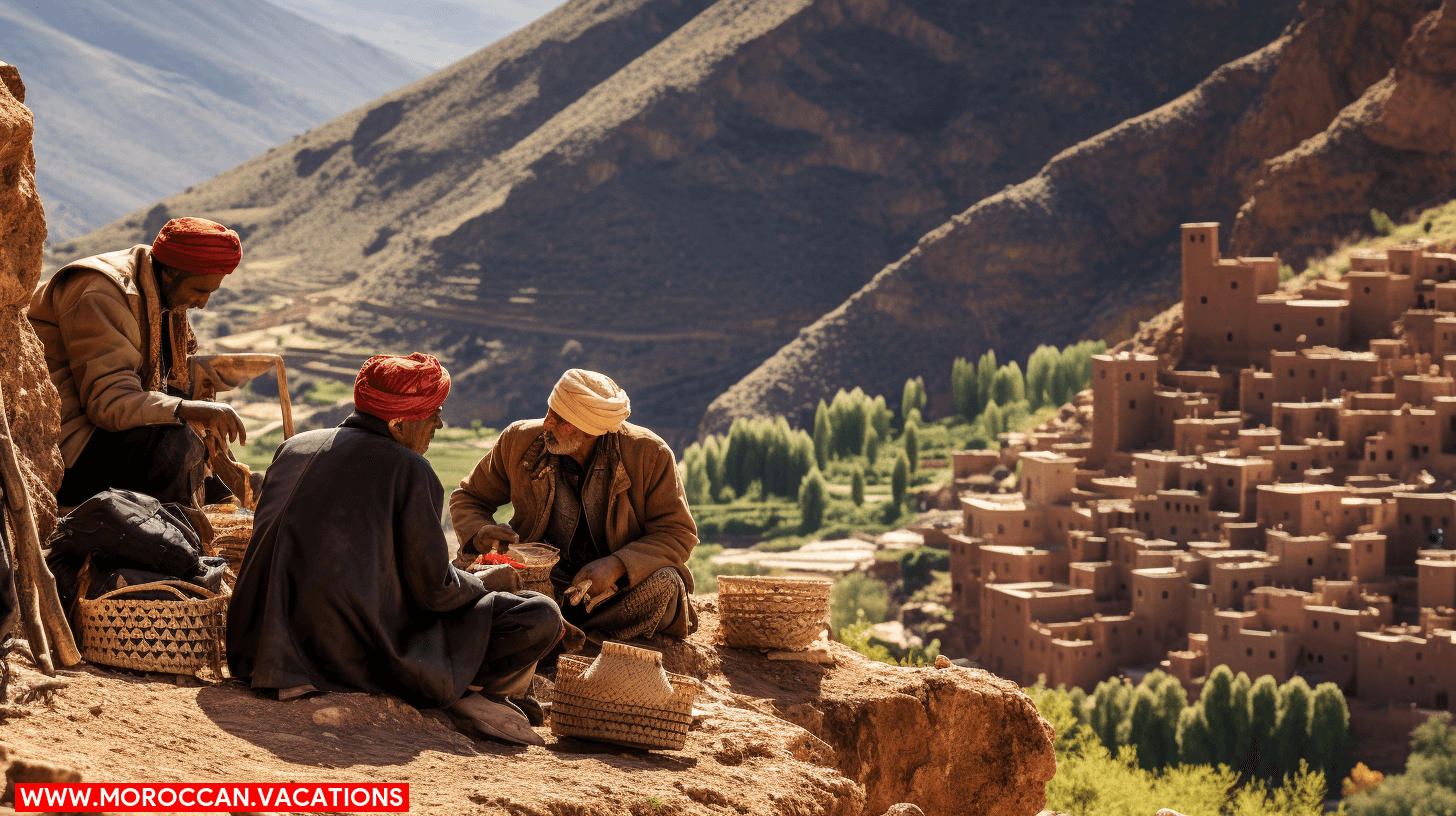

Preserving traditions in Dades Valley isn’t just about maintaining colorful cultural practices. It’s about sustaining the lifelines of local communities, where age-old traditions play an integral role in their social fabric. Let’s consider the impact this preservation has on these communities and the vital importance of keeping these traditions alive.
Impact on Local Communities
When you delve into the significance of tradition preservation, you’ll quickly realize how it breathes life back into the local communities of Dades Valley. The Berber communities, with their rich history and vibrant customs, become the beating heart of sustainable tourism.
- This approach not only preserves cultural heritage but also empowers locals.
- It provides economic stability, with tourists contributing to local businesses.
- It fosters community pride, as Berbers can share their unique traditions.
- It ensures that these traditions will continue for future generations.
Thus, tradition preservation isn’t just about looking back; it’s about moving forward. It’s about creating a sustainable future where traditions thrive and communities flourish. Your support can make a real difference in making this vision a reality.
Sustaining Age-old Traditions
In the heart of Dades Valley, you’ll find that sustaining age-old traditions isn’t just about preservation, it’s about weaving a vibrant tapestry of history, culture, and community resilience. This tradition preservation is a testament to the enduring spirit of the Berber community. It’s not just about sustaining practices for the sake of customs; it’s a significant vehicle for preserving collective memories and experiences. Each ritual, each piece of folklore, each architectural marvel, represents the strength, wisdom, and adaptability of generations. It’s a way of honoring the past, understanding the present, and shaping the future. So, as you navigate the charming narrow streets of Dades Valley, remember, you’re walking through a living museum, a testament to a resilient culture that refuses to fade into oblivion.
Current Protective Measures for Heritage
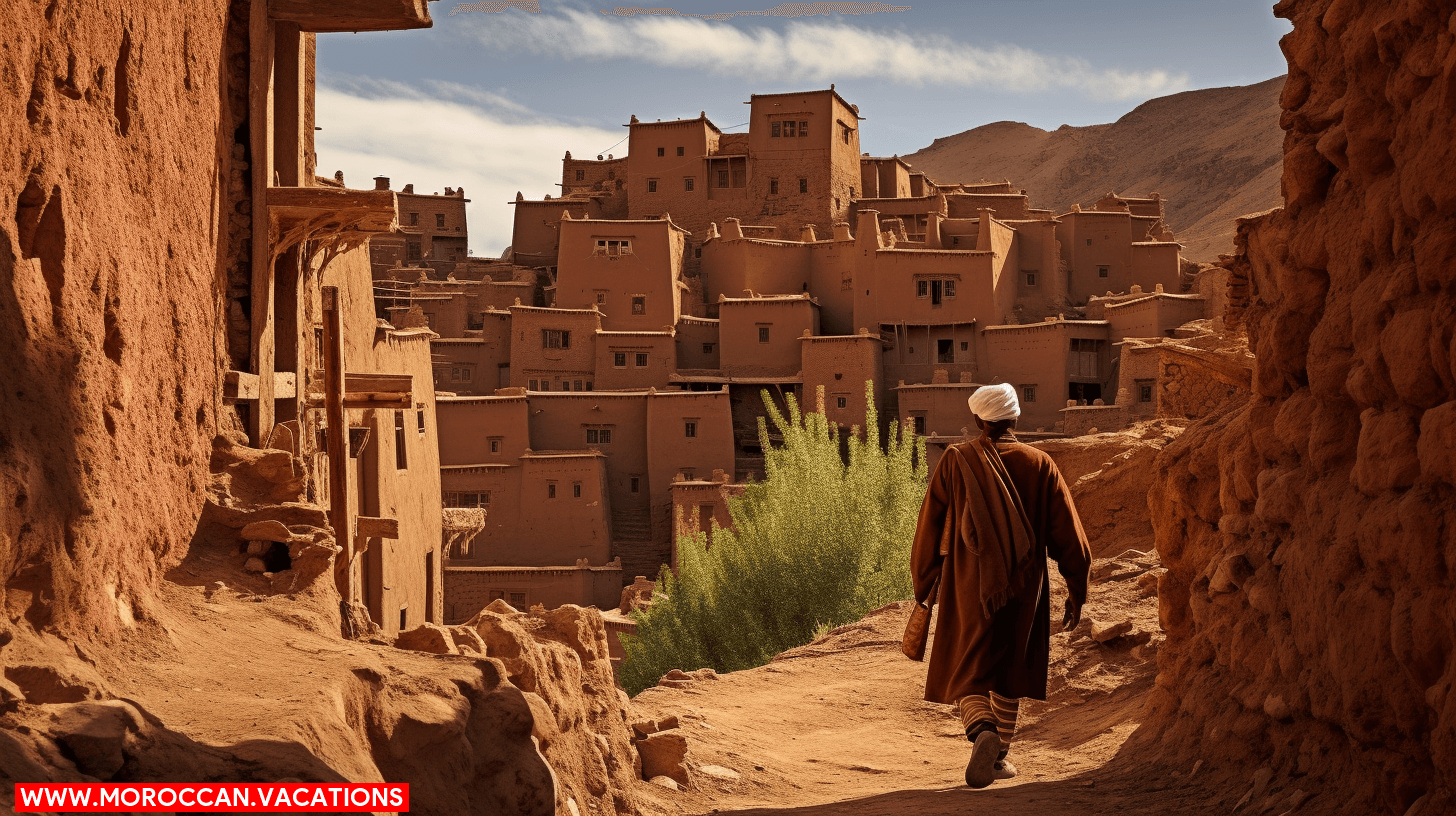

You’ll find several protective measures currently in place to safeguard the rich cultural heritage of traditional Berber villages in the Dades Valley. These methods have been implemented with great care, ensuring that the traditions and ways of life of the Berber people continue to thrive amidst modern influences.
Here’s a closer look at some of these protective measures:
- Community-led conservation efforts: These involve locals in the preservation process, fostering a sense of ownership and responsibility.
- Educational programmes: They aim to enlighten both locals and visitors about the value of Berber culture and the importance of preserving it.
- Government regulations: These laws limit harmful activities that might endanger this cultural heritage, such as unregulated tourism or overdevelopment.
- International support: Global organizations like UNESCO provide resources and expertise to aid in preservation efforts.
These measures, though they’re not without challenges, have been successful to a large extent in maintaining the cultural integrity of the Berber communities. They also serve as a model for other regions seeking to preserve their own unique heritage. As you can see, the preservation of cultural heritage is more than just a nod to the past; it’s an investment in the future.
Community Engagement in Preservation
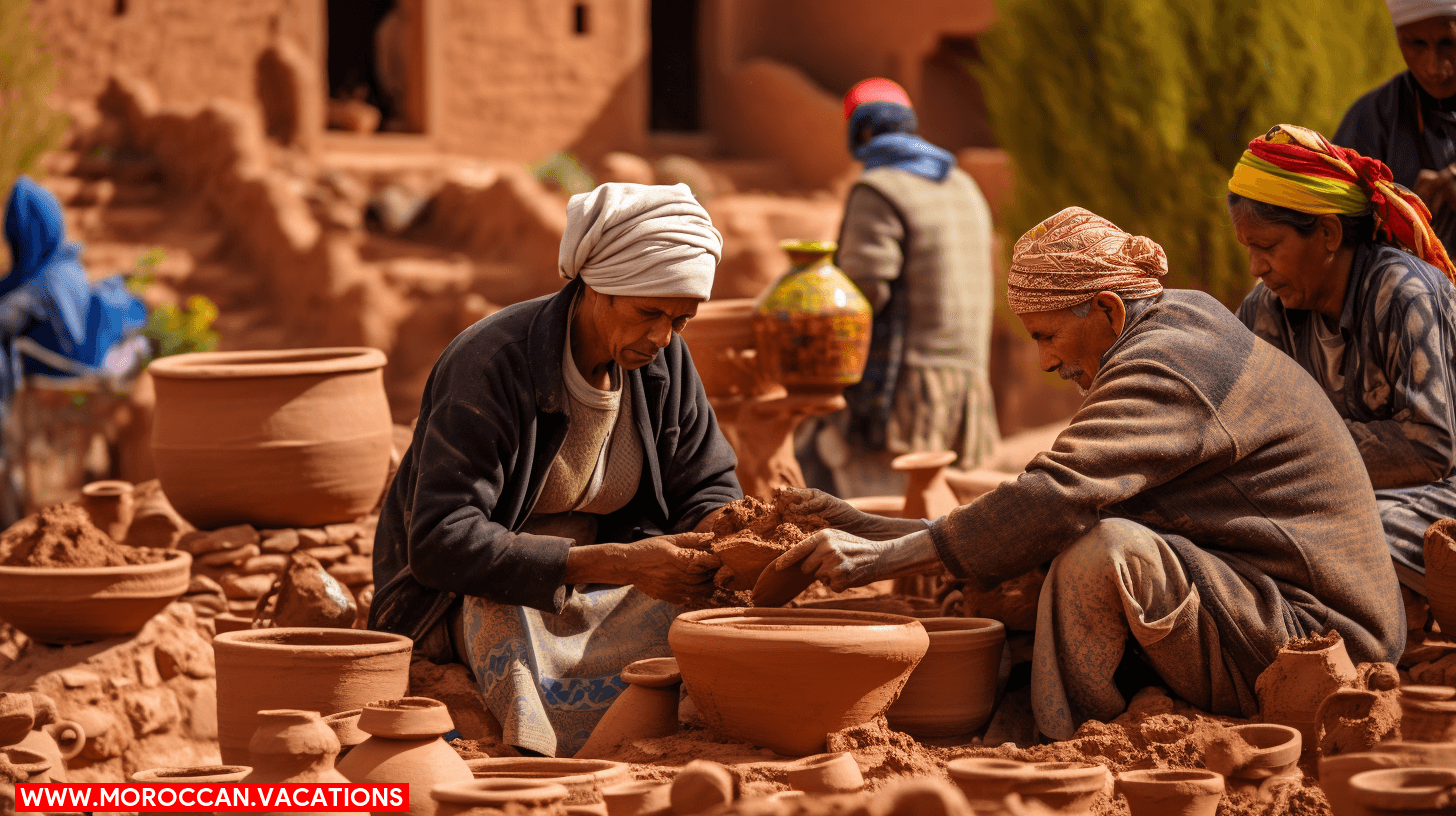

Despite the various protective measures already in place, it’s your direct involvement in preserving the Berber culture that truly makes a difference. Your participation in community-led initiatives, educational programs, and cultural events helps maintain the vibrancy and resilience of this unique heritage.
| Activity | Benefit | How to Engage |
|---|---|---|
| Community-led initiatives | Preserves traditions and promotes local identity | Participate in restoration projects or traditional festivals |
| Educational programs | Increases awareness and understanding of Berber culture | Attend workshops or lectures on Berber history and traditions |
| Cultural events | Showcases Berber culture to a wider audience | Support local artisans at markets or performances |
The Impact of Cultural Preservation
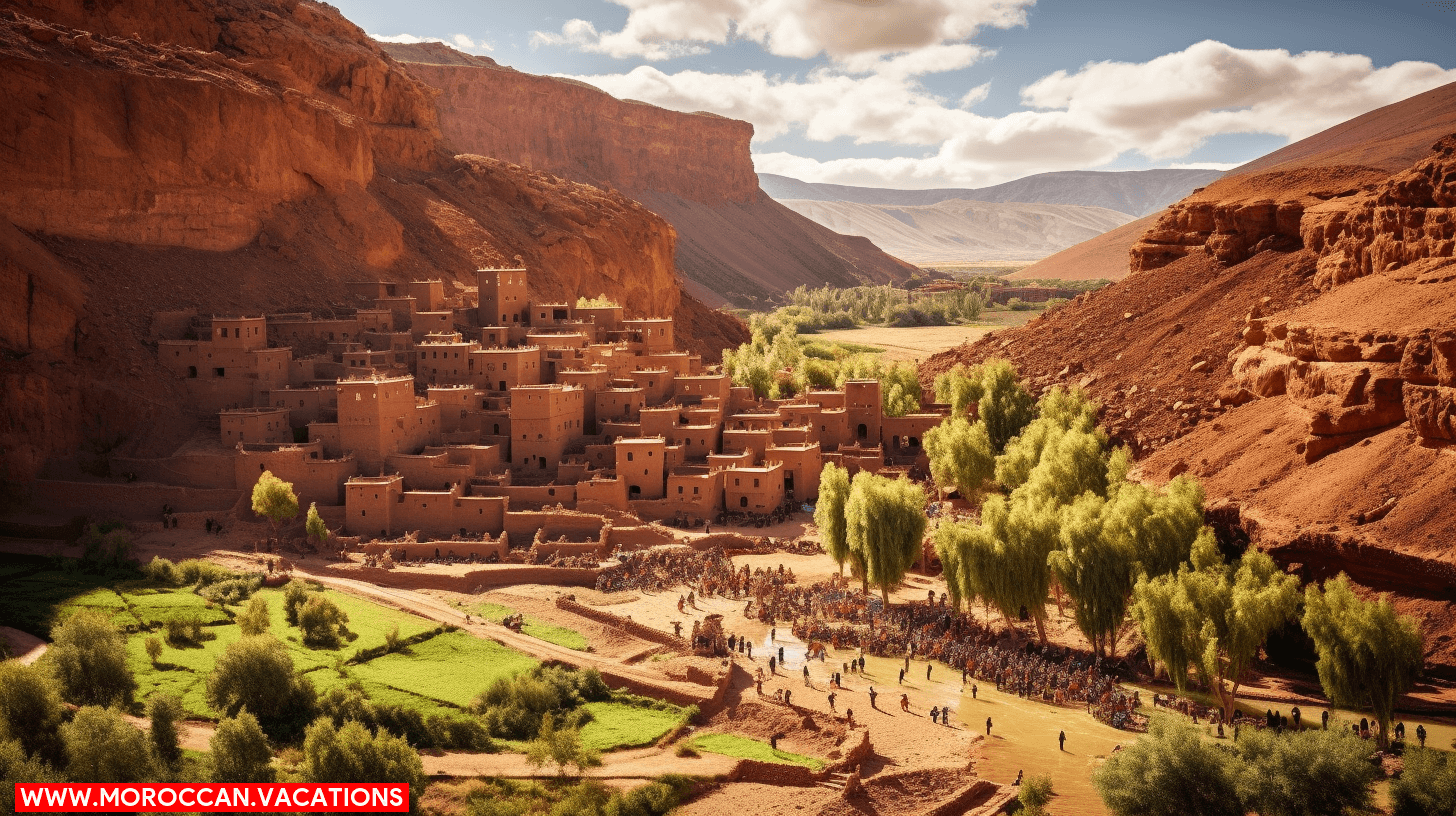

You’re about to explore the significant impact of cultural preservation in the Dades Valley. The benefits and challenges at the community level will be highlighted. It’s important to understand that preserving tradition isn’t just about upholding cultural identity, but it also has profound effects on local populations.
Community Benefits
Preserving cultural heritage in Dades Valley isn’t just about saving traditions; it’s also about reaping substantial benefits for the community. It’s about more than just the past – it’s about the future. The benefits are myriad, and they include:
- Socioeconomic growth: Cultural preservation can stimulate local economies through tourism.
- Unity and pride: It fosters a sense of community and strengthens local identity.
- Education: The cultural heritage is a rich educational resource, offering insights into history and traditions.
- Sustainability: Traditional practices often align with sustainable living, promoting environmental conservation.
Challenges in Preservation
In the process of safeguarding Dades Valley’s cultural heritage, you’ll encounter numerous challenges, each with its own impact on the preservation efforts. It’s not a simple task. Modernization and globalization, for instance, pose a significant threat. They can dilute traditions, leading to the loss of unique cultural elements. Moreover, economic pressures may compel locals to abandon age-old practices for more lucrative opportunities. The lack of funds and resources for preservation initiatives is another hurdle. Tourism, while beneficial economically, can lead to cultural commodification if not managed sensitively. Each challenge has a ripple effect, impacting not just the preservation itself, but also the community’s identity and sense of belonging. It’s a complex, delicate balancing act demanding careful navigation.
Future Strategies for Heritage Preservation
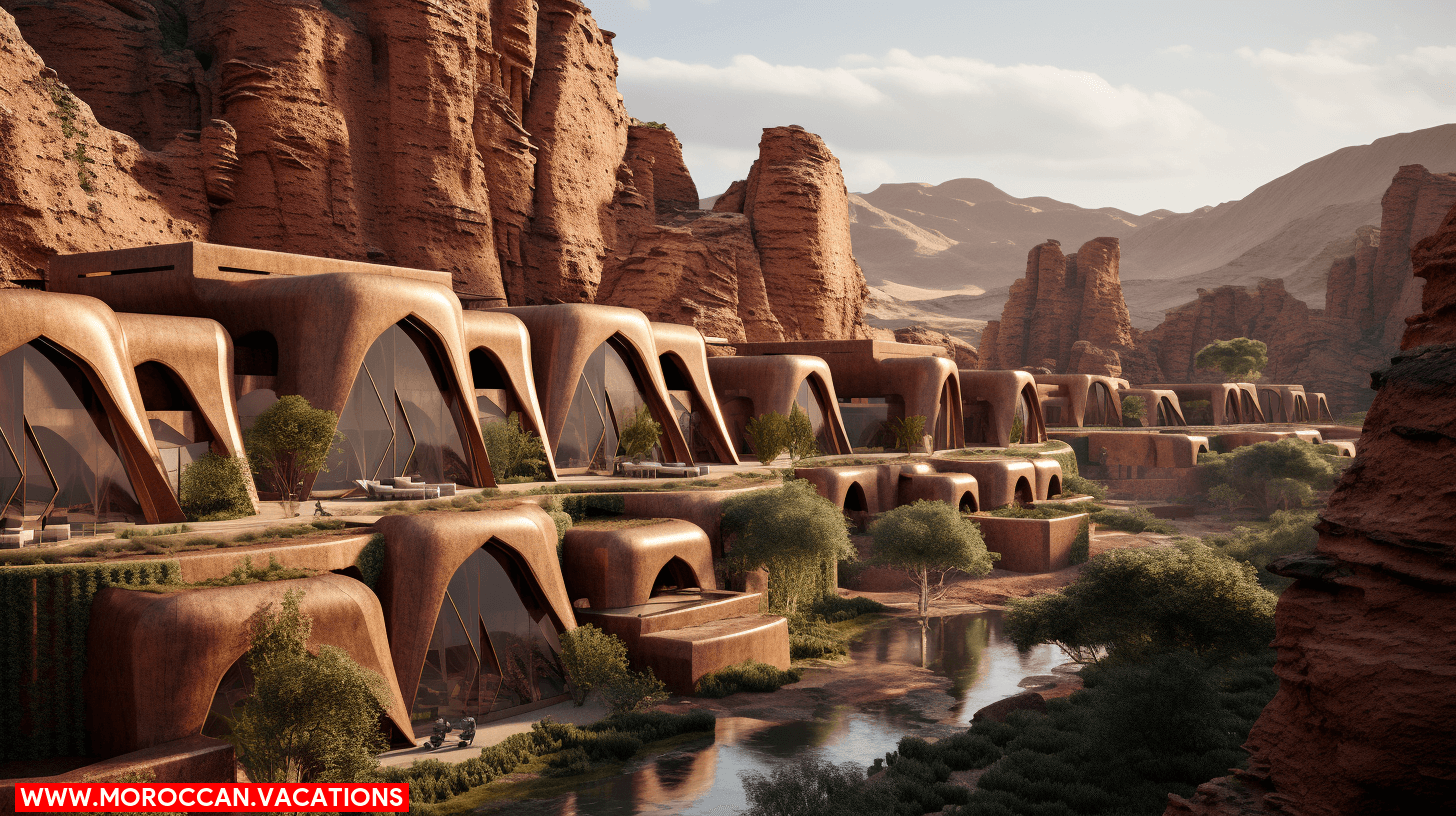

To safeguard the cultural heritage in Dades Valley, you’ll need to consider future-oriented preservation strategies that strike a balance between modern influences and age-old traditions. These strategies should fuse traditional knowledge with modern conservation techniques to protect and promote the richness of Berber culture.
Here are some strategies to consider:
- Implementing educational programs: By teaching younger generations about their cultural heritage, you’ll foster a sense of pride and responsibility that encourages preservation.
- Encouraging local involvement: This ensures preservation efforts are community-driven and sustainable.
- Integrating heritage preservation into local development plans: This ensures that progress doesn’t come at the expense of cultural heritage.
- Partnering with international conservation organizations: This can bring in additional resources and expertise.
Introducing Ayoub Karbachi, a brilliant wordsmith and curator of the Moroccan Vacations website. Prepare to immerse yourself in mesmerizing narratives and extraordinary moments, as he unveils the allure of Morocco's captivating destinations like never before.
Related Articles
Moroccan Tea Culture: The Art of Mint Tea and Socializing
The Origins of Moroccan Tea Imagine yourself sitting in a bustling Moroccan café, the air thick with the aroma of mint tea. The clinking of glasses and laughter fill the air as people gather to socialize and connect over this cherished beverage. Moroccan Tea Culture:...
Marrakesh's Historical Hammams: Bathhouses With Architectural Grace
Origins of Marrakesh's Hammams Imagine stepping into a world of architectural marvels, where ancient traditions and modern luxury intertwine. Welcome to Marrakesh's historical hammams, where the artistry of the past meets the indulgence of the present. In these...
Cultural Experiences: Local Artisans and Their Crafts in Dades Valley
Dades Valley: A Cultural Overview You're about to embark on a vivid journey, exploring the heart of Dades Valley. Here, 60% of residents are skilled artisans. As you wander, you'll feel the pulse of centuries-old traditions alive in their crafts. You're not just...

